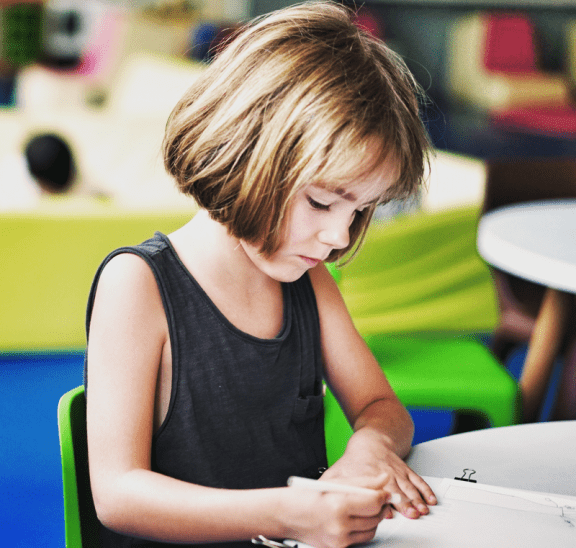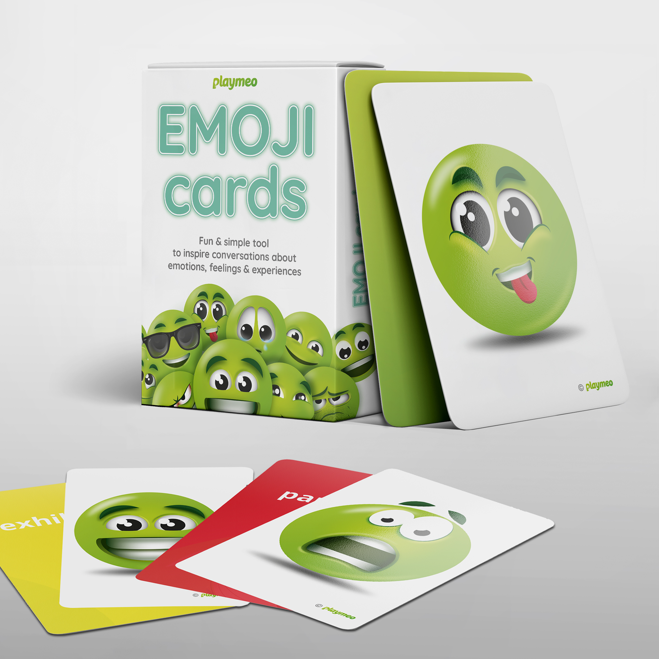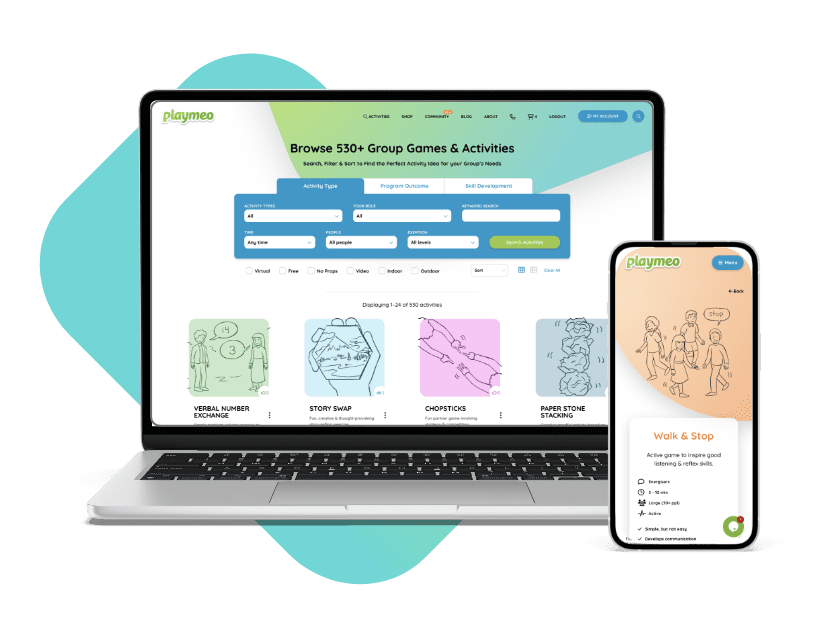Download our free 28-page ebook jam-packed with outrageously fun activity ideas.
It is no secret that we all learn in different ways. Wouldn’t it also make sense that we process experiences in different ways as well?
In his book, Multiple Intelligences in the Classroom, Thomas Armstrong suggests that there are a variety of styles by which individuals come to grasp information, and in fact, learn. He identified eight styles or talents (they are listed below).
While outside the arena of multiple intelligences, some additional styles or talents have also been proposed, and include such topics as emotional intelligence, humor, mechanical aptitude and religious influences and spirituality.
Multiple intelligence theory provides a template for creating processing activities that incorporate each intelligence. I challenge you to think about your debriefing techniques, and group them into the eight categories of multiple intelligences. Do they focus on only a portion of the multiple intelligence methods available? Are you including each learning style in your sequencing of activities? Evaluate which technique is lacking and then look for new activities to include each of the various forms of intelligence.
Here are some examples from each of the eight multiple intelligences.
- Logical-Mathematical: Analysis of group’s performance, charting, visual graphical representations, numerically quantifying the performance of the team, investigating the ‘why did this happen’ line of logic, cause and effect discussions.
- Bodily-Kinesthetic: Movement during reviewing (Shuffle Left, Shuffle Right), contact with other members of the group during activities and processing, holding or manipulating objects in the hands while conversing (tactile stimulation)(The Body Part Debrief, Thumballs), skits or active role-playing.
- Visual-Spatial: Visualizing multiple solutions, drawing as a form of expression, painting, visual arts, clay formations, sand pictures, using participants in tableau or stop action explanation of the activity, graphically describing the results of the activity, picture debriefs (Chiji cards).
- Linguistic: Talking, listening, dialogue, conversation in large and small groups, creative writing and journaling (Leadership Wheelies), alphabet games (ABC Thumball), word puzzles (seek and find), foreign language words and skills, poetry, haiku, limericks, rap, prose.
- Musical: Using rhythm, timing, sounds of nature, creating songs, musical skits, lyrics, melodies, performance art, sound effects.??Interpersonal – Knowledge of Others: Understanding, empathy, coaching, partner watching, observing the group, working together while paired or connected, active listening, group norms, group contract.
- Intrapersonal – Knowledge of Self: Self-analysis, relating, journaling, self-reflection, understanding your own motivation and actions (Pocket Processor), goal setting.
- Natural-Environmental: Connection to the outdoor setting, exploring nature and the environment, using natural objects in reflection (stones, water, leaves), the five basic Aristotlean elements of earth, fire, wind, water and ether.
Suggested readings??:
Multiple Intelligences in the Classroom, 2000, Thomas Armstrong, ASCD Alexandria, Virginia USA ISBN 0-87120-376-6 This is an excellent ‘template’ for designing your own curriculum with multiple possibilities for reviewing and learning in different ways.
A Teachable Moment, A Facilitators Guide to Activities for Processing, Debriefing, Reviewing, and Reflection. Cain, Cummings, and Stanchfield. This book has over 130 different processing and debriefing techniques.
This article about different learning styles was reprinted with permission, by Michelle Cummings, Training Wheels.













Original post August 2014, last updated May 2018.